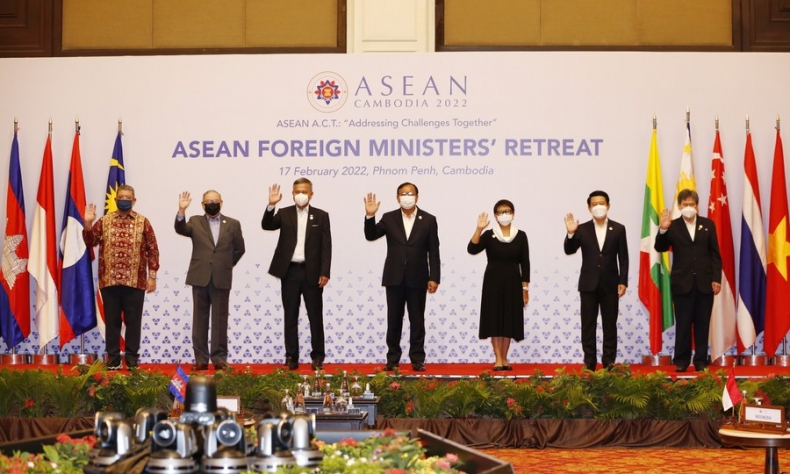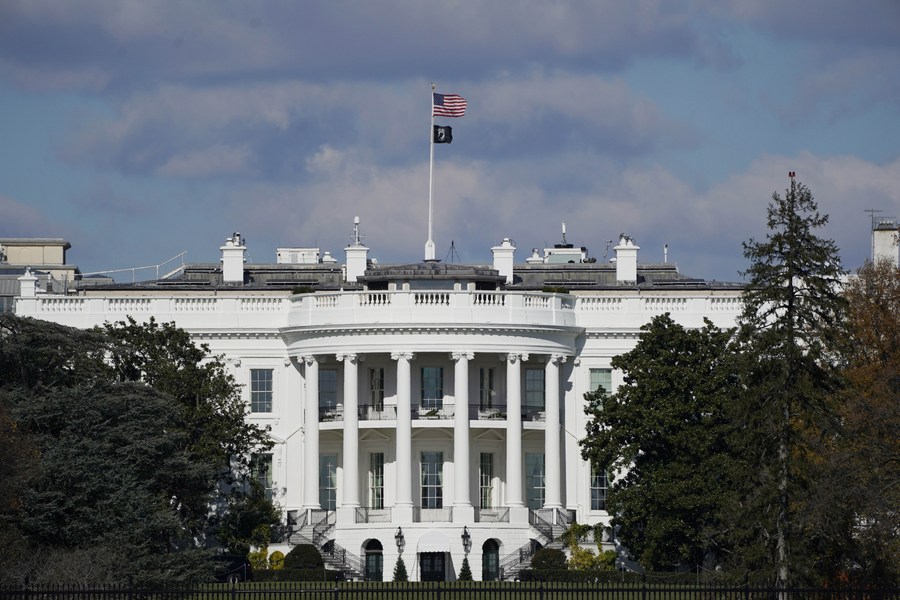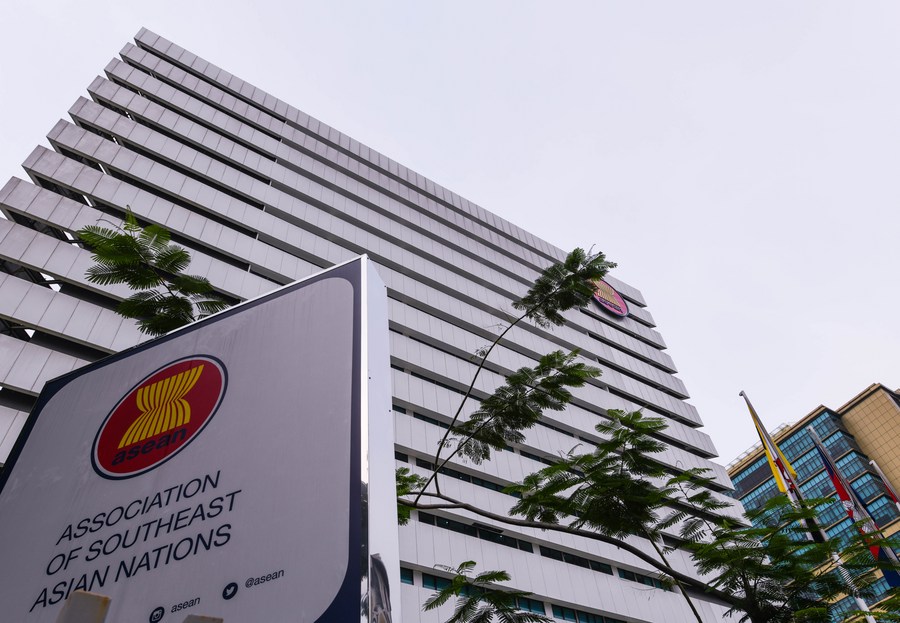Challenges in Meeting the U.S.-ASEAN 2022 Special Summit Objectives

What ASEAN members desire now is more American involvement in the socio-economic field, especially in economic restoration efforts in the post-pandemic era.
The U.S.-ASEAN 2022 Special Summit took place in Washington, D.C., on May 12-13. The event was a historic one as eight of the 10 ASEAN heads of state or government were in attendance. It further marked the second-ever standalone meeting of ASEAN leaders on U.S. soil–their previous meeting was in 2016 during the Barack Obama administration.
The official agenda of the summit celebrated 45 years of U.S.-ASEAN diplomatic engagement. However, its real objective was to reaffirm the continued American commitment to Southeast Asia and emphasize the importance of U.S.-ASEAN cooperation in “ensuring security, prosperity, and human rights compliance,” all the while witnessing China’s growing influence in Southeast Asia. This was emphasized by President Joe Biden, who stated that U.S.-ASEAN relations are “critical,” adding that this conference marked the launch of a “new era” in their relationship. Accordingly, the leaders agreed to move the current rapport from a strategic partnership to a comprehensive strategic partnership this November.
A post-pandemic vision
At the summit’s conclusion, the participants issued a 28-point joint vision statement covering the importance of adhering to the shared values and critical principles enshrined in the ASEAN Charter, the UN Charter, the 1982 UN Convention on the Law of the Sea (UNCLOS), and the Treaty of Friendship and Cooperation in Southeast Asia. The Biden administration pointed out ASEAN’s importance in the American Indo-Pacific strategy. Yet ASEAN members remain skeptical of U.S. commitment, particularly in the areas of trade and investment, which so far has been lacking.

During the conference, the U.S. announced a $150-million package to expand cooperation on maritime security, digital trade and economy, infrastructure, decarbonization and environmental protection. Roughly $60 million out of this sum has already been devoted to maritime security led by the U.S. Coast Guard in support of the ASEAN Outlook in the Indo-Pacific (AOIP). Among the principles underlying the AOIP are openness, law-abiding territory, good governance and respect for international law.
The question remains: To what extent is the U.S. committed to investment and trade or to increasing its military and diplomatic influence in the region? What ASEAN members desire now is more American involvement in the socio-economic field, especially in economic restoration efforts in the post-pandemic era.
Even though the summit did send the proper diplomatic signal, the American attitude toward the region remains far from impressive.
Navigating obstacles
Apart from economic challenges, the issues of navigation and maritime cooperation were brought to the table. The U.S. wants to ensure so-called “maritime security and freedom of navigation and flight and use of the South China Sea” in line with the UNCLOS. This has long been part of the American rhetoric regarding the South China Sea; however, the point in question is that the U.S. often argues for the importance of complying with the UNCLOS but it has never joined it.
The Russia-Ukraine war was another topic of debate during the summit. Participants stressed the importance of respecting sovereignty, political independence and territorial integrity without condemning and mentioning Russia. Their approach was wholly in line with the neutrality policy of most ASEAN member states—except Singapore, which has joined the U.S. sanctions against Russia.

The joint statement did not directly address the issue of the Indo-Pacific Economic Framework (IPEF). The IPEF, announced in August 2021 by the Biden administration, aims to balance China’s influence. It covers aspects of the digital economy and lists several mechanisms to stop the leakage of critical technological information.
The U.S. has thus far not disclosed any of the framework’s essential details, confusing many ASEAN members and political analysts. The aspirations of leaders when attending the summit generally concern the economic agenda. This time around, they expected to gain greater accessibility to the U.S. market with minimum adherence to labor and environmental standards. However, in reality, it is doubtful that Washington will relax its views on the issue of said standards anytime soon, considering the Biden administration’s emphasis on human rights issues.
The next challenge is how the U.S. can continue to convince ASEAN leaders to trust its words in post-summit times. The main concern is whether Biden will physically participate in the ASEAN-U.S. Summit in Cambodia this November given this timeline coincides with the U.S. mid-term elections. Will this be a test for the Biden administration, showing to what extent it is genuinely committed to ASEAN? During the Obama administration, the U.S. demonstrated a strong interest in establishing close ties with ASEAN, but the relationship has grown colder since the ensuing Donald Trump administration.
Nevertheless, one pressing matter lingers: How long will this “new era” in the U.S.-ASEAN relationship last if “Trumpism” returns to power?
The author is a senior lecturer at the Department of International and Strategic Studies at the University of Malaya.
 Facebook
Facebook
 Twitter
Twitter
 Linkedin
Linkedin
 Google +
Google +










